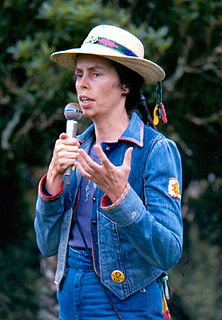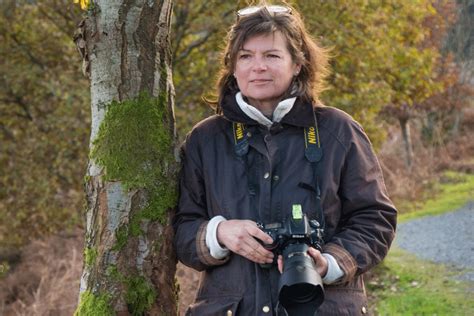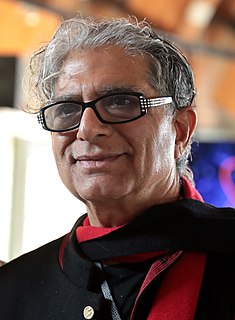A Quote by Rick Doblin
It should come as no surprise to readers of the MAPS Bulletin that psychedelic plants are used as a sacrament by many native cultures all over the world. It may not be so obvious that these same plants are often incorporated into the coming-of-age ceremonies of these various societies.
Related Quotes
What does he plant who plants a tree?
He plants the friend of sun and sky;
He plants the flag of breezes free;
The shaft of beauty, towering high, he plants a home to heaven anigh.
For song and mother-croon of bird, in hushed and happy twilight heard -
The treble of heaven's harmony.
These things he plants who plants a tree.
What we have seen for a very long time is large corporations shutting down plants in this country, plants that are often profitable, in order to get cheap labor all over the world. And that is one of the reasons why the middle class in this country is disappearing.We have lost our manufacturing base, and that's an issue that has got to be dealt with.
Whole plants differ in their effects from refined drugs (:)...Plants are dilute preparations (of) the active principles...Plants usually go into the body through the mouth and stomach, whereas purified chemicals can be put...by snorting or injecting...directly into...bloodstreams without giving...bodies a chance to process them. Other compounds in drug plants...may modify the active principles, making them safer.
We can look at the way of improving the key biochemical processes like photosynthesis itself. A lot of energy is lost to keep the plant cool. So maybe we can think of building plants which are more resistant to heat. Genetically modified plants can be one answer and we can imagine more efficient plants, call them 'energy plants'. And I believe, contrary to what ecologists think, they can still be beautiful plants.
Gardeners know that you must nourish the soil if you want healthy plants. You must water the plants adequately, especially when seeds are germinating and sprouting, and they should be planted in a nutrient-rich soil. Why should nutrition matter less in the creation of young humans than it does in young plants? I'm sure that it doesn't.
The phytochemicals, antioxidants, and fiber- all of the healthful components of plant foods- originate in plants, not animals. If they are present, it is because the animal ate plants. And why should we go through an animal to get the benefits of the plants themselves? To consume unnecessary, unseemly, and unhealthy substances, such as saturated fat, animal protein, lactose, and dietary cholesterol, is to negate the benefits of the fiber, phytonutrients, vitamins, minerals, and antioxidants that are prevalent and inherent in plants.
It's a sign of respect and connection to learn the name of someone else, a sign of disrespect to ignore it. And yet, the average American can name over a hundred corporate logos and ten plants. Is it a surprise that we have accepted a political system that grants personhood to corporations, and no status at all for wild rice and redwoods? Learning the names of plants and animals is a powerful act of support for them. When we learn their names and their gifts, it opens the door to reciprocity.































